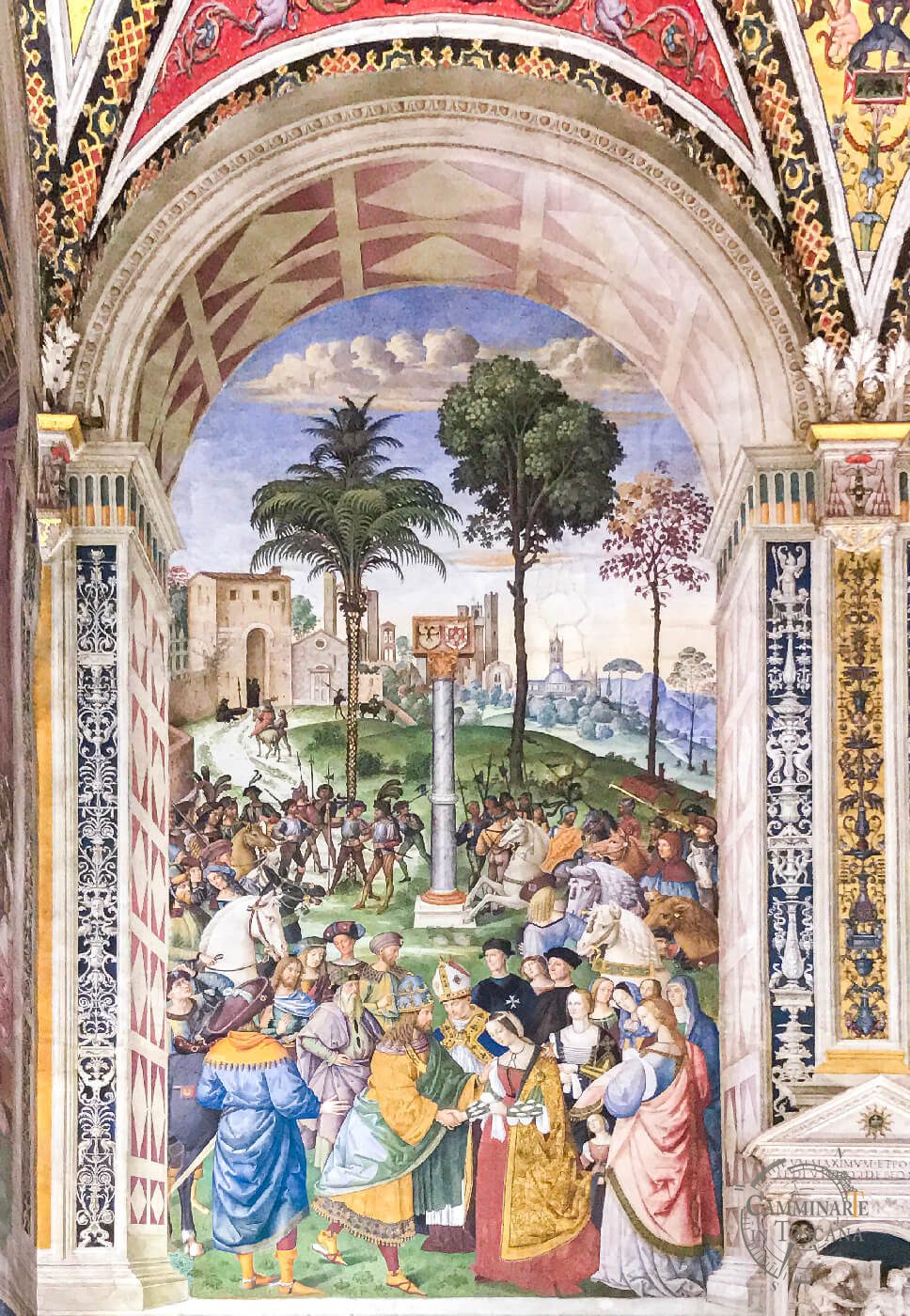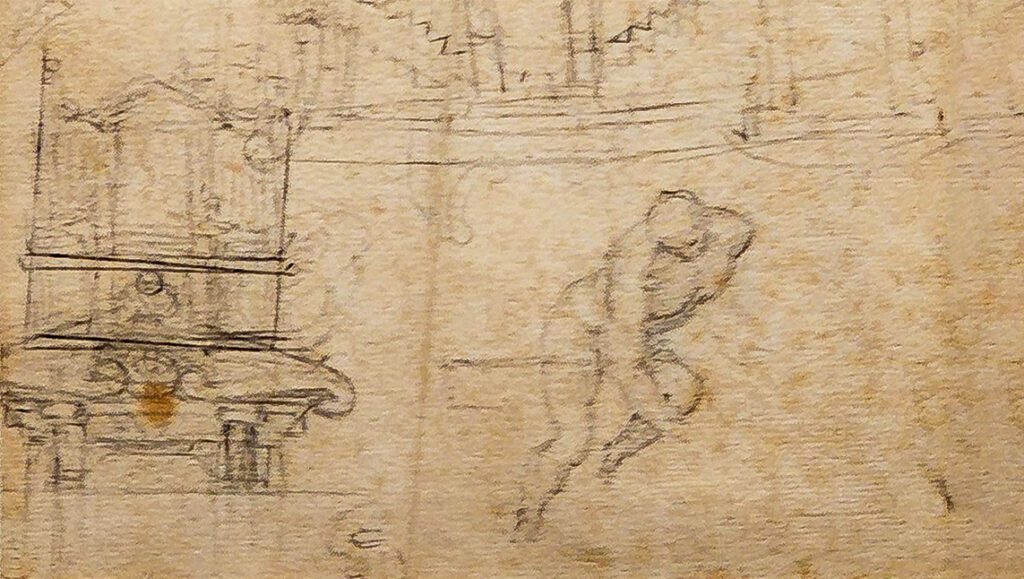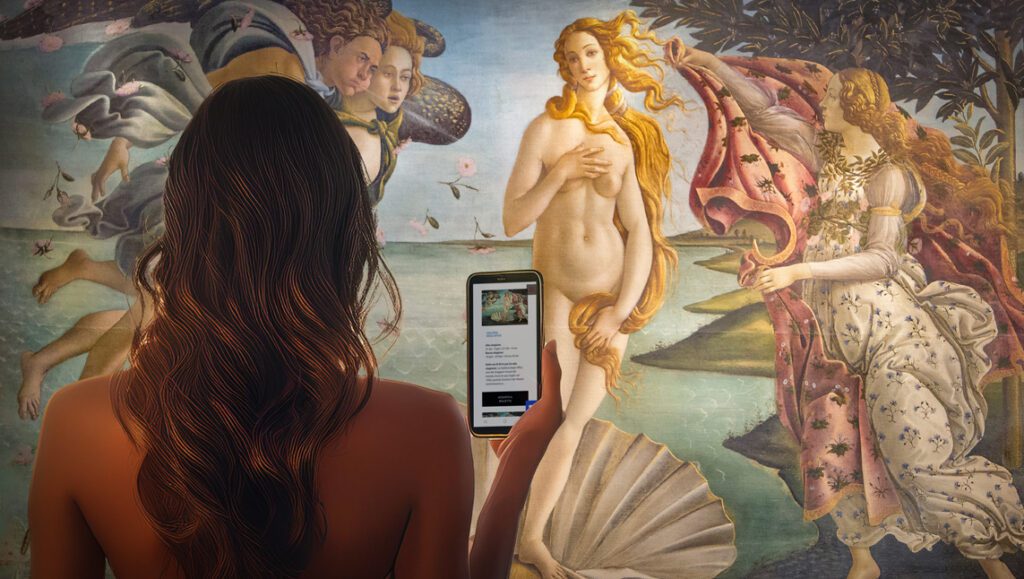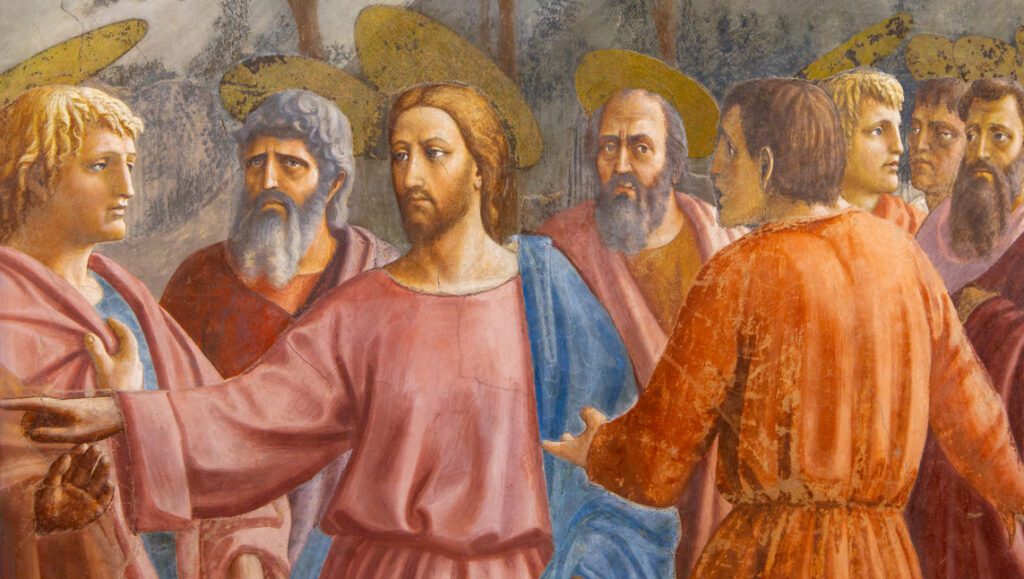
When you take a guided tour of Siena, one of the places that most deserves to be visited is the Duomo of Siena. Inside the church there are many works of art that are unmissable. Among these, there is also the Piccolomini Library.

The Piccolomini Library
The large space that the visitor is in front of preserves one of the most important works of the Renaissance: a cycle of frescoes of great beauty that tells the Pius’s life II, a Sienese Pope who was a member of the Piccolomini family. The author of these frescoes is known by the name of Pintoricchio, but his real name was Bernardino di Betto Betti. This artist was commonly known by the nickname of Pintoricchio because of his small build, so much so that many called him “little painter”, to the point that then the artist thought of using his nickname to sign some works.
Pintoricchio made the frescoes in the Piccolomini Library starting in 1502, but the works ended only a few years later. The client of these frescoes was called Francesco Piccolomini Todeschini who at the time was bishop of Siena. The reason because the place was called “library” is due to the fact that this large space was intended to house the Enea Silvio’s books collection. Enea Silvio was the Francesco’s uncle and had been pope with the name of Pius II.
And it is to the latter that the scenes frescoed by Pintoricchio are dedicated. In the world as Enea Silvio (1405-1464), Pius II was born in the important Piccolomini family of Siena, in a village that was originally called Corsignano and that was renamed Pienza, in honour of the pontiff.
The Library’s squares in the Cathedral of Siena represent the important moments in the life of this erudith who was one of the most important intellectuals of the fifteenth century.
The scenes are characterised by bright colours and a very refined color rendering. Among these there is one that is on the entrance wall behind the entrance. This representation is of great importance, since it is a sort of photograph of the Siena of the mid-fifteenth century. in a rather crowded composition, there is a close-up of the figure of Enea Silvio Piccolomini, bishop of Siena at the time, while he presides over the ‘pre-marital’ meeting between Emperor Frederick III and Eleanor of Portugal. The interesting thing is that the place imagined by the painter in the scene is a place that really exists and it is precisely where the event was held: we are outside the Porta Camollia, in the area north of the city.

The encounter between Frederick III and Leonor of Portugal
A column as a memory
Just as a commemoration of the event, on the site of that prestigious meeting of 1452 a column was hoisted which can still be seen.
When he became Pope, Pius II asked to Bernardo Rossellino, his trusted architect, to remodel the village of Corsignano according to the theoretical principles of perspective. But there was a very specific reason why Pius II decided to have a concrete example of the ideal of Renaissance architecture carried out just there. To find out it, you can book a guided tour of Pienza and Val d’Orcia, so you can also discover one of the most enchanting places in Tuscany⟣



